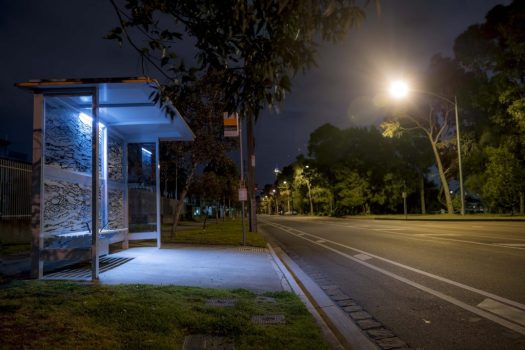Learn 3 cities’ effective traffic calming tools to help make your city safer – including better crosswalks, traffic circles, chicanes, and bump outs.
Safe Streets Academy
Even after decades of safety improvements, more people are now dying on our roadways every year, especially people walking. This happens in part because we continue to design our streets to prioritize moving cars—not people—as quickly as possible, creating a dangerous, high-speed environment for all people who use the street. To test out creative approaches to safer street design, the National Complete Streets Coalition launched the Safe Streets Academy. We worked with three cities around the country to build skills in safer street design, creative placemaking, and community engagement, then helped the cities put these skills into practice. Through demonstration projects, the City of Orlando, FL, the Lexington-Fayette Urban County Government, KY, and the City of South Bend, IN transformed their streets, intersections, and neighborhoods into slower, safer places for people. Communities around the country can learn from the stories of these demonstration projects to test out low-cost ways to create safer streets.
Through the Safe Streets Academy, three cities are build skills in safer street design, tactical urbanism, and community engagement. After our second workshop, the teams from Lexington, KY; South Bend, IN; and Orlando, FL applied these skills to launch on-the-ground demonstration projects testing techniques to slow down drivers and make their streets safer places for people.
Read more…







